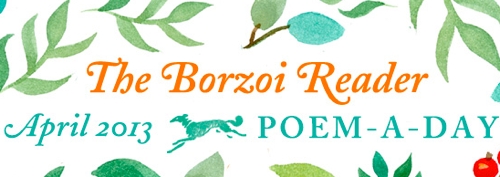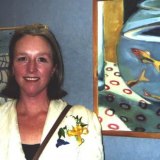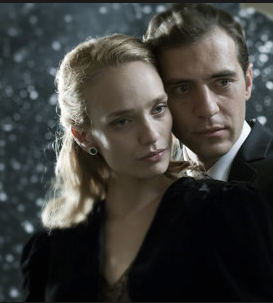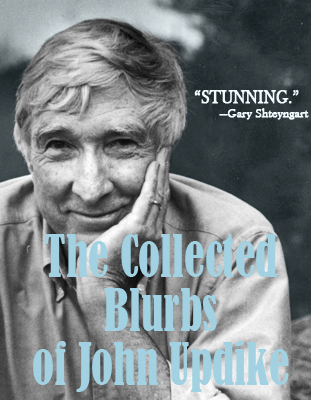 The May 27, 2013 issue of The NewRepublic spotlights “John Updike: On Knocking Miss Novak” in “From the Stacks.”
The May 27, 2013 issue of The NewRepublic spotlights “John Updike: On Knocking Miss Novak” in “From the Stacks.”
The feature details a verbal scuffle Updike had with New Republic film critic Stanley Kauffmann and includes a letter from Updike that was published in the July 25, 1960 issue, following Kauffmann’s review of Strangers when We Meet.
“I am so sick and tired of Stanley Kauffmann knocking Kim Novak. She is a terrific-looking woman,” Updike writes.
“Motion pictures are not, as Mr. Kauffmann seems to believe, transmogrified novels or adjusted plays; these two art-forms have as little to do with motion pictures as they do with each other.”
Updike ends his letter with a pretty good slap at Kauffmann: “He is not a bad critic, he is an inverted one; the opposite of everything he says is true.”
The New Republic on John Updike:
“Updike Remembered” (January 30, 2009)
“The READ: Ephemera, Run” (June 30, 2010)









